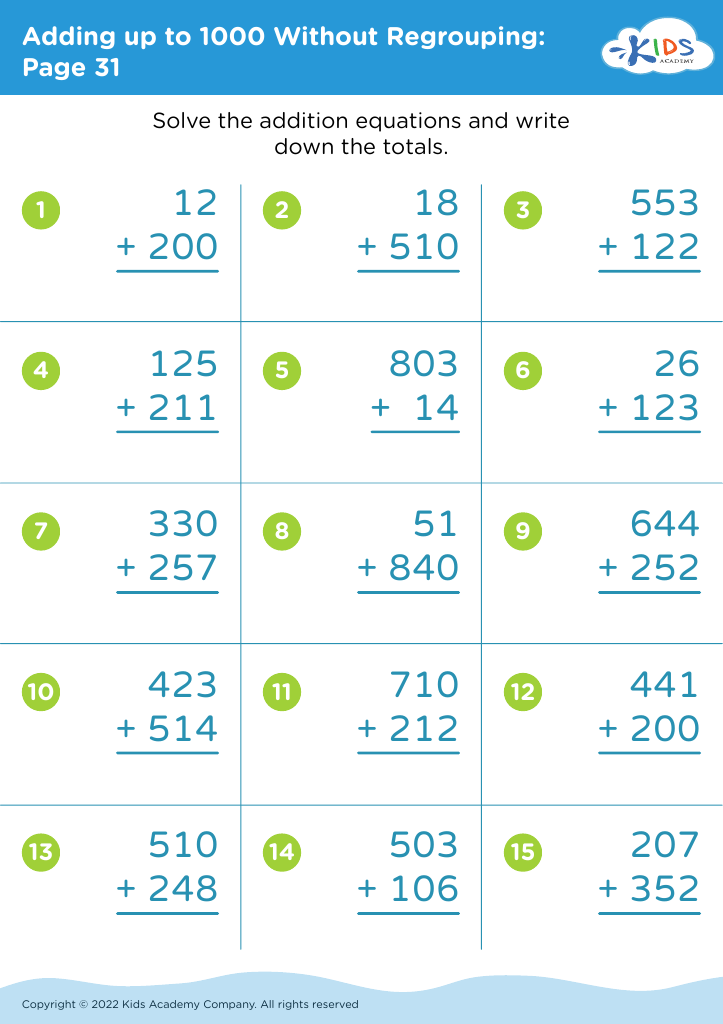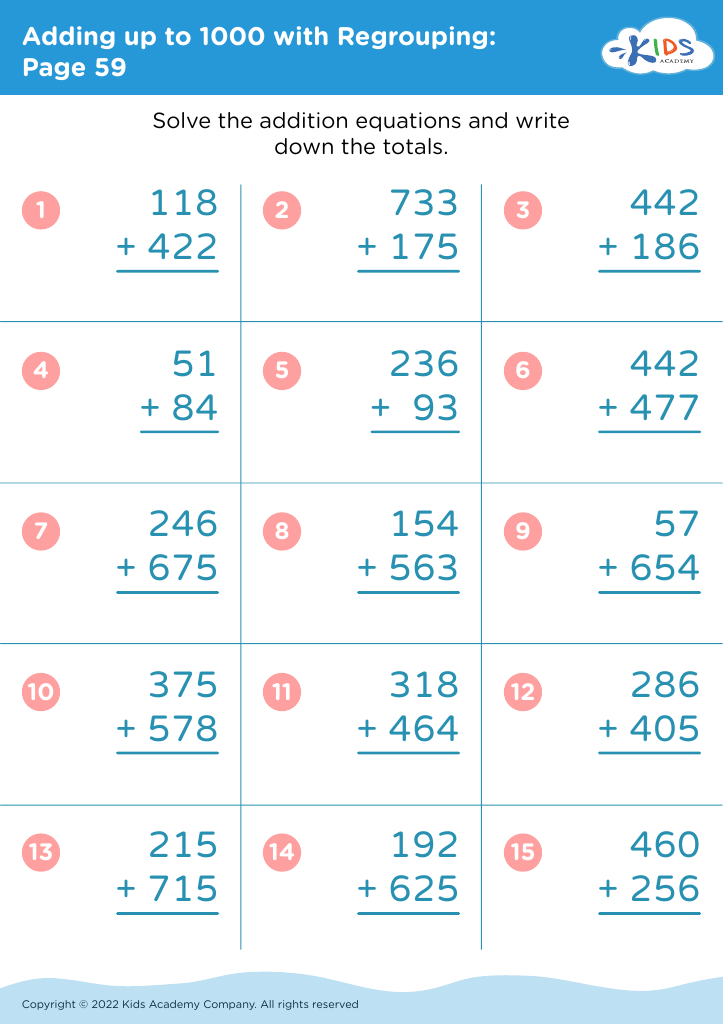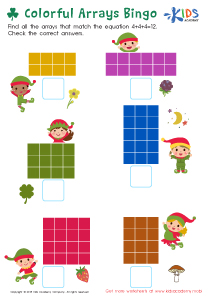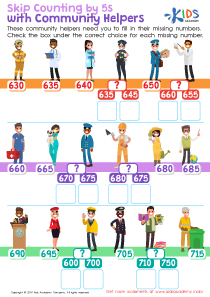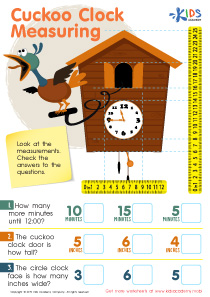Visual interpretation Grade 2 Math Worksheets
4 filtered results
-
From - To
Boost your Grade 2 students' mathematical skills with our engaging Visual Interpretation Math Worksheets! Designed to enhance understanding through visual aids, these worksheets help young learners grasp essential concepts like multi-step problems, data interpretation, and basic statistics. By employing charts, graphs, and visuals, students will develop critical thinking skills while tackling fun, colorful activities. Perfect for independent practice or group work, these resources make math learning interactive and enjoyable. Explore our collection now to provide your learners with the tools they need for success in early mathematics. Unlock their potential today with our thoughtfully crafted worksheets!
Visual interpretation in Grade 2 math is a crucial skill that parents and teachers should prioritize, as it lays the foundation for a child's mathematical understanding and problem-solving abilities. At this age, children are transitioning from concrete concepts to more abstract thinking. Visual interpretation helps learners connect mathematical ideas with real-world contexts, making math more relatable and easier to understand.
When children develop the ability to interpret visual information, such as charts, graphs, and diagrams, they enhance their ability to analyze data and trends. This skill is not only essential for math but also transfers to other subjects, promoting overall academic success. Additionally, visual learning caters to various learning styles, ensuring that all students can engage with the material effectively.
Parents and teachers can foster this skill by providing access to visual aids in everyday math activities, encouraging discussions about patterns and representations. As children learn to critically assess and draw conclusions from visual data, they cultivate essential reasoning abilities. Ultimately, investing in visual interpretation during Grade 2 math sets the stage for more complex mathematical concepts in future grades and helps children develop confidence in their abilities, fostering a lifelong positive attitude toward learning.


